Lachlan Thompson is currently working as an intern at PARADISEC through the Aurora Internship Program. He recently completed a Bachelor of Fine Arts and Arts at UNSW and is hoping to study again next year.
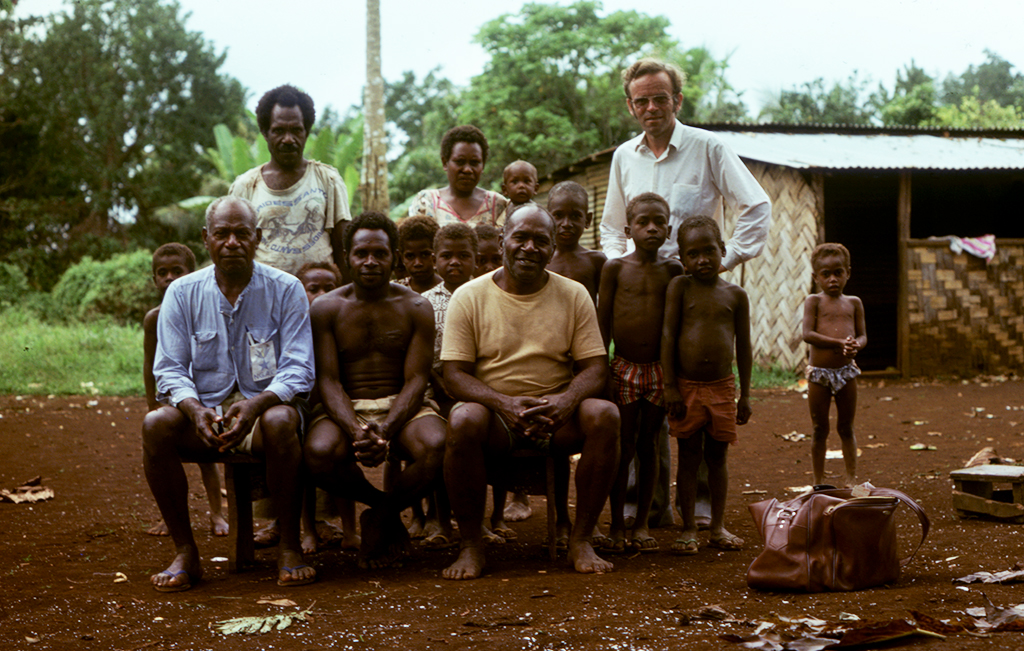
As an intern from the Aurora Program, I was unsure if my skill set would fit with PARADISEC. I don’t have any experience with transcription, audio engineering or archival processes, so I was glad to know that my experience in film photography and scanning could be used in digitising slides for the PC1 collection.
The PC1 collection comes from Peter Crowe’s personal collection of material which was sitting in a colleague’s office in Auckland until it was deposited at PARADISEC. Crowe was a New Zealand ethnomusicologist who specialised in Melanesian music. The collection of slides in particular document Crowe’s work in Vanuatu where he mainly developed the Vanuatu Oral Traditions Project, this also saw his involvement with the Vanuatu Cultural Centre (VCC).[1] While PARADISEC has been able to find and digitise some of these recordings, PARADISEC director, Nick Thieberger suspects there are more to be found.[2] This is, in part, is what makes the PC1 collection so intriguing: Which institutions were/are storing these ‘lost’ materials? How can we find them using only a few articles and some scrawls on film slides? Can we look at the archive differently to possibly find the recordings? How generative can the process of archival work be?
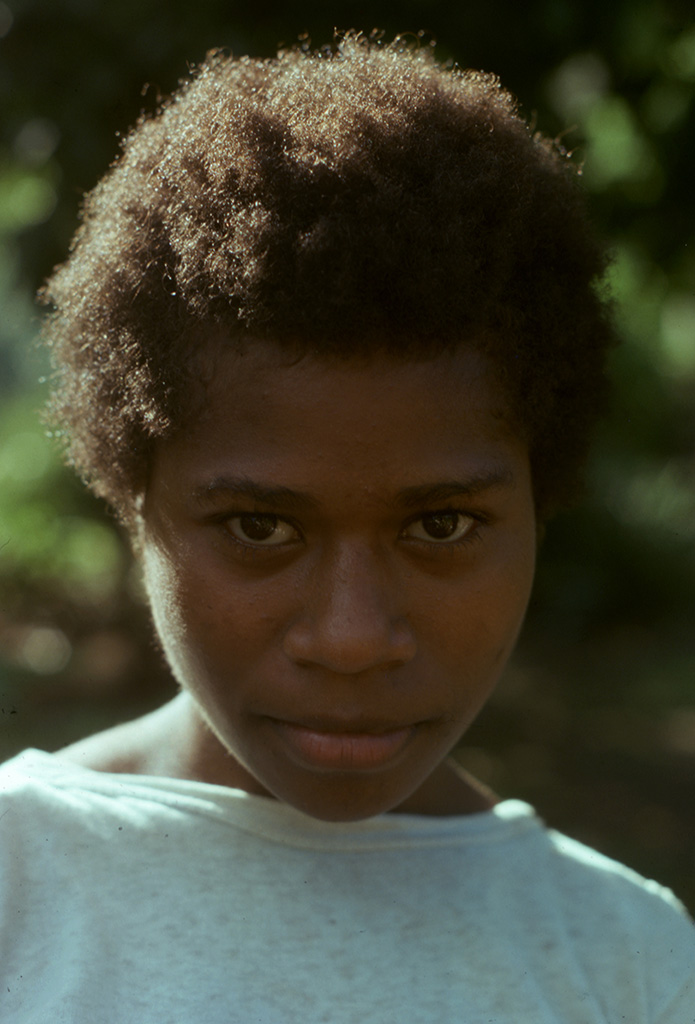
The workflow of scanning slides is notoriously monotonous, the main rule that dictates scanning is to: have the scanner running as consistently as possible. Any other task, such as cleaning and labelling slides can be done while other slides are being scanned. Despite this approach, a full sheet of slides (12) takes at least 15 minutes to scan, cleaning and labelling can only take so long so this leaves a spare 5 or 10 minutes here and there with nothing to do. So, taking from Nick’s mention of the missing recordings I went down the rabbit hole of looking into Peter Crowe’s work in Vanuatu.
Researching Crowe’s time in Vanuatu feels like a kind of reverse engineering. Or we can possibly liken it to the process of stereopsis[3], you gain a fuller view by making sense of multiple perspectives alongside each other, at once. I started piecing Crowe’s studies back together by reading the images and information on the slides alongside or through his journal articles and studies. I would come across a name in an article that is also inscribed in the margins of a slide, or I could put a name to a face or a title to a building.
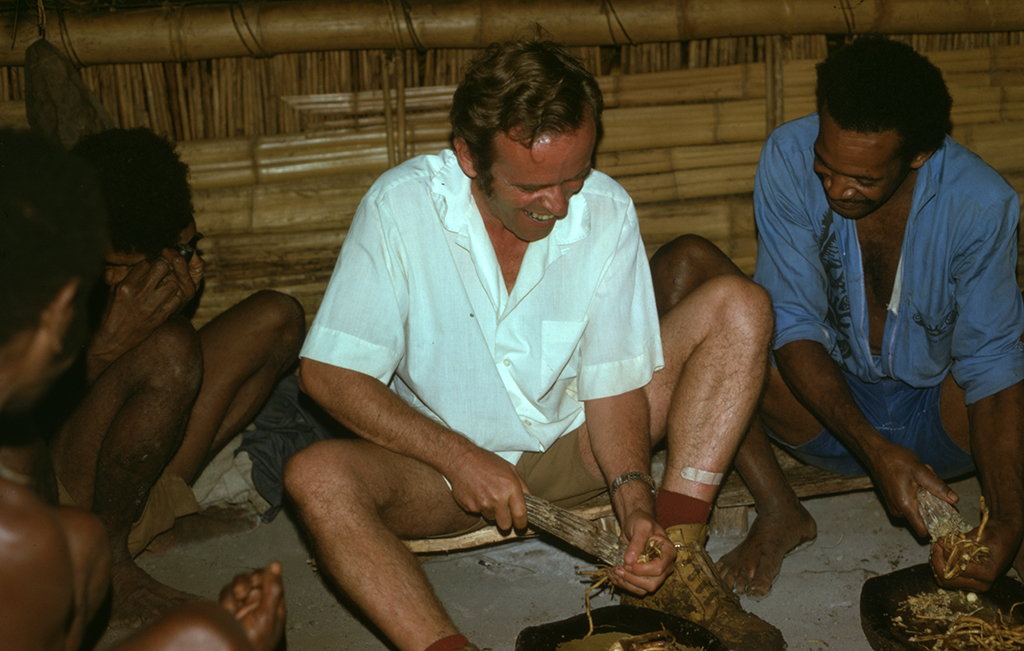
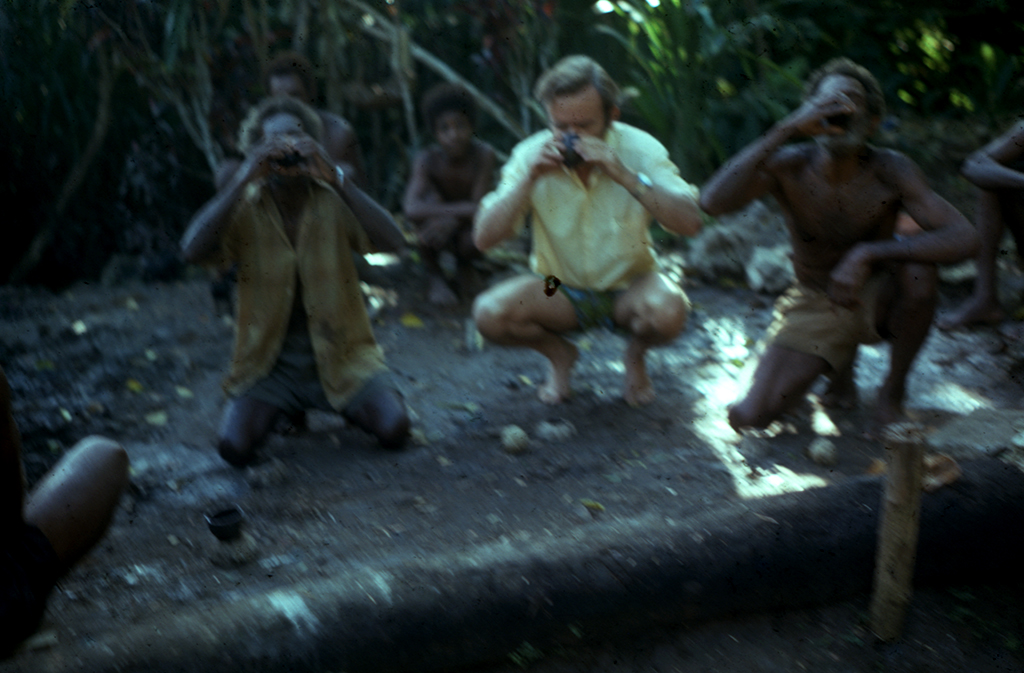
Crowe’s scholarly practice was vast and eclectic. He is mainly classified as an ethnomusicologist but also crossed into other fields also working as a teacher[4].
What can be seen from a lot of Crowe’s work is that while he was interested with the study of culture as an ethnomusicologist, he was very concerned with implementing practices and structures for recording/holding culture to keep it ‘alive’.
Searching from the missing recordings, I sort out clues not so much in the content of the slides but the politics that surround the projects they documented. In one or two articles I would hear about the short comings of projects and the gossip surrounding them. Crowe even speculates about a project led by his French Counterpart, Jean-Michel Charpentier, in Port Vila “We never saw the results. We thought that quite a few dollars were used for purchasing artefacts for eventual sale in France or the USA, to the profit of an individual” (Crowe, 1977, pp.34)[5]
Crowe was conscious of this legacy carried by European scholars “it was thought we were going to publish books at great profit and establish glorious careers, on their backs.” (Crowe, 1977, pp.35). He tried to implement different approaches to working, and from his own account of the project, he developed close and reciprocal relationships with the communities he worked amongst.
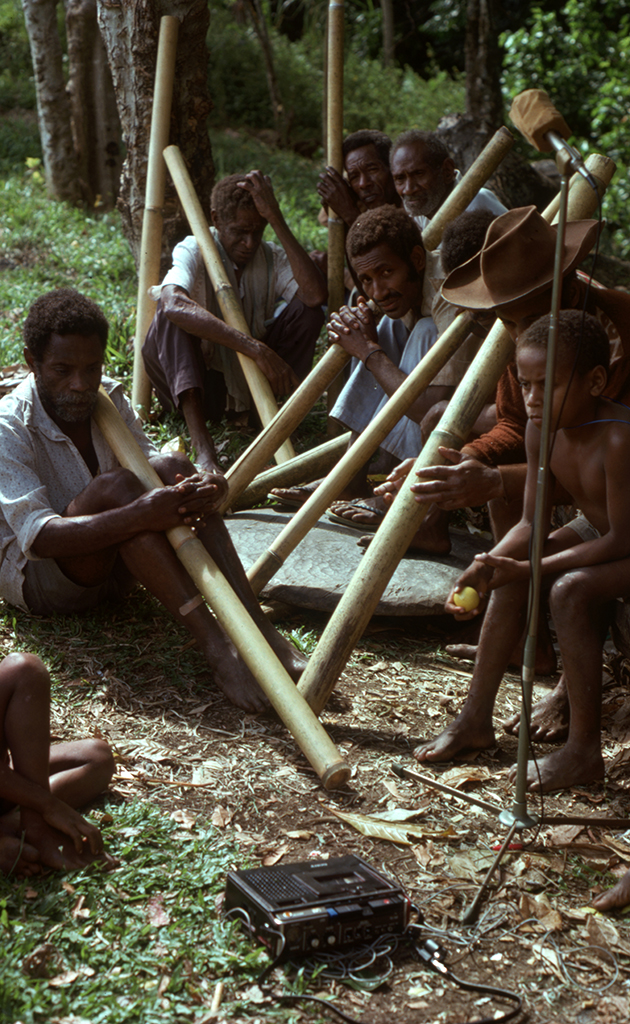
Possibly a core principle of Crowe’s approach can be seen from an account of a conversation with Kirk Huffman[6] where they begin establishing the goal of “trying to find ways…to get the Melanesians interested in the documentation and revival of their traditional cultures” (Bolton, 1994, pp.70). Approaches to the Oral Traditions Project can be characterised as bottom up and it resisted urges to centralise recordings.[7] While these approaches and ideologies have aged, some aspects of the Oral Traditions Project can be seen to start developing principals of PARADISEC. Looking to the ‘FAIR’ and ‘TRUST’ frameworks[8], that guide the principles and workflow of PARADISEC:
- Crowe did not enforce requirement to only have recordings and translations of formal vernacular, rather he recorded everything, and if recordings were transcribed, they did not have to be translated to English. He recorded whatever language communities spoke or whichever language they wished to record; in many cases this was Bislama.[9] Crowe’s approach in this sense seems more directed towards the local community as Users rather than just subjects. This focus also made the project Accessible for local communities.
- Viewing the Oral Traditions Project as a kind of structure, Crowe sought to build Sustainable practices among local communities that would be able to continue without him. This can be seen in fieldwork workshops where he taught communities how to transcribe and make recordings. This was extended through his continued relationship with certain community members and fieldworkers. As part of this, Crowe also provided Technology to communities, however this has been subject to rapidly changing standards in technology, which he admits communities were unable to keep up with.
- As a by-product of the points above, by emphasising a degree of self-determination Crowe brought about a principle of Responsibility, which allows for authenticity in the project.
Ultimately the hopes for the project were for it to continue beyond any European academic’s time in Vanuatu. Taking from Crowe again, writing in 1997, this was achieved.
“Since the two capable and reliable local field workers of 1976, the project has continued until today. There are nearly 50 (including a dozen women) more or less well equipped, and video is proving very popular. The term filwoka (fieldworker) has entered the Bislama vocabulary as a respected job description” (Crowe, 1977, pp.36).[10]
The specific program, the Vanuatu Oral Traditions Project has not continued to the present day, but the approaches it developed, have been important in the development and continuing work done by the Vanuatu Cultural Centre.
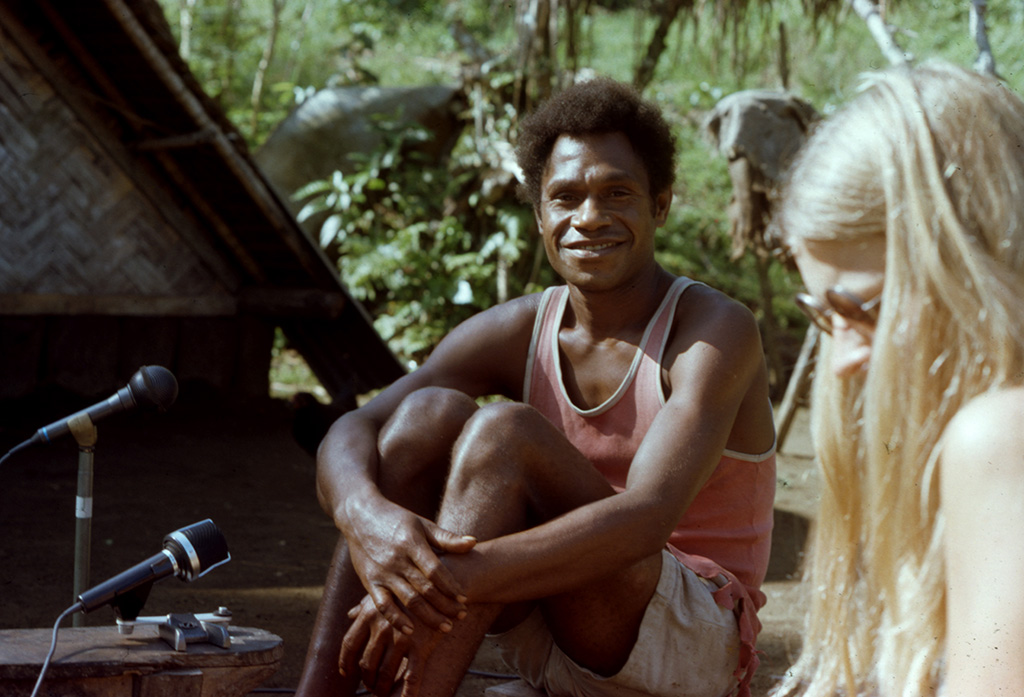
Crowe’s interests are informed by the beliefs and practices of the time; however, his questions of methodology and structure can bring about a consideration of how culture is recorded and how culture exists outside of recorded accounts. This might be what make these aspects of his work so poignant within the context of the archive, it helps us think about how to operate and look at things within the archive.
I’m thinking of stereopsis again. Working within an archive requires making sense of multiple perspectives at once. Maybe these perspectives can be broken up into three tentative distinctions:
- The view of the archive: Through which things are rendered technical objects. A significant cultural ritual becomes a slide scanned at 4800dpi on an EpsonV800 flatbed scanner or a 71.8MB TIFF file to be deposited and converted into a JPEG file by the online PARADISEC ingest process.
- The view of the recorder: I also imagine this encompassing the history of the archival object. This has been almost the sole focus of this blog post (maybe a kind of ignorance on my part?) where I have sorted out information on Peter Crowe and the histories of European projects in Vanuatu. It is also important to include a reflexive view of the archive itself, the archive posits itself into the history and context of a recording/recorder.
- The view of the event or ‘subject’: This perspective is possibly the most important to keep in view. Both perspectives stated above are abstractions of an original event or thing. Whether it be a recording or a cultural event, people and culture exist outside of an anthropologist’s research, a photographer’s expedition or an archive. This view, unlike the two above should also have a unique relationship with time, where any cultural event or thing is perpetually active. It’s the engagement with those who practice a culture, speak a language or have forgotten a myth that brings about the importance and liveliness of the archive and the history of a recording.
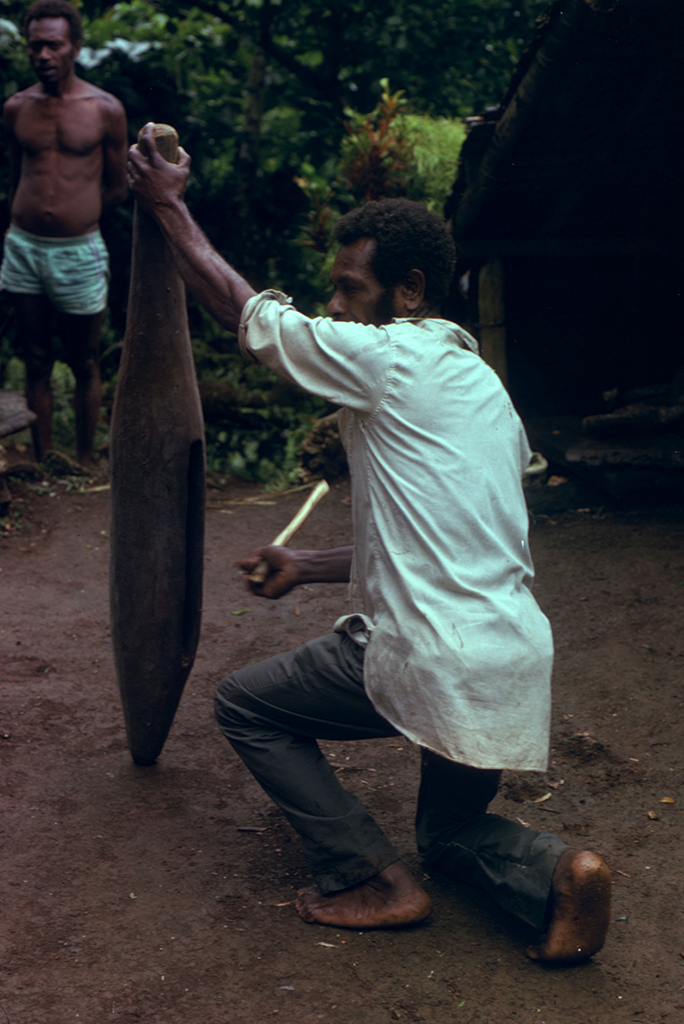
It’s difficult to maintain a breadth of perspectives while working within an archive, however, to not keep an eye on a perspective doesn’t negate its existence, rather it is a kind of ignorance. For example, if some recordings in the archive were taken through extractive practices or for improper reasons, it’s then important to be conscious of the context surrounding materials. Other materials that are culturally sensitive or taboo, we need to be keenly aware of this and know that the material is an aspect of a living culture. Recordings such as these can then be returned or reconnected to the community they were taken from and closed to the public to follow cultural protocols. Alternatively, we need to pay attention to the physical condition of a material to preserve it as best we can.
All perspectives, as is the case with stereopsis, are brought together to give a sense of definition and depth. Recordings, images and objects become separated from the background of the archive and are rendered wholistic and lively. To learn the workflows and processes of an archive is to learn how to make sense of these perspectives together. Through this is archive becomes energised and generative, reminding us of its importance, allowing work like this to continue.
We are still looking for many of the recordings made by Crowe during his time in Vanuatu. If you have any information on Crowe, please get in touch with PARADISEC.
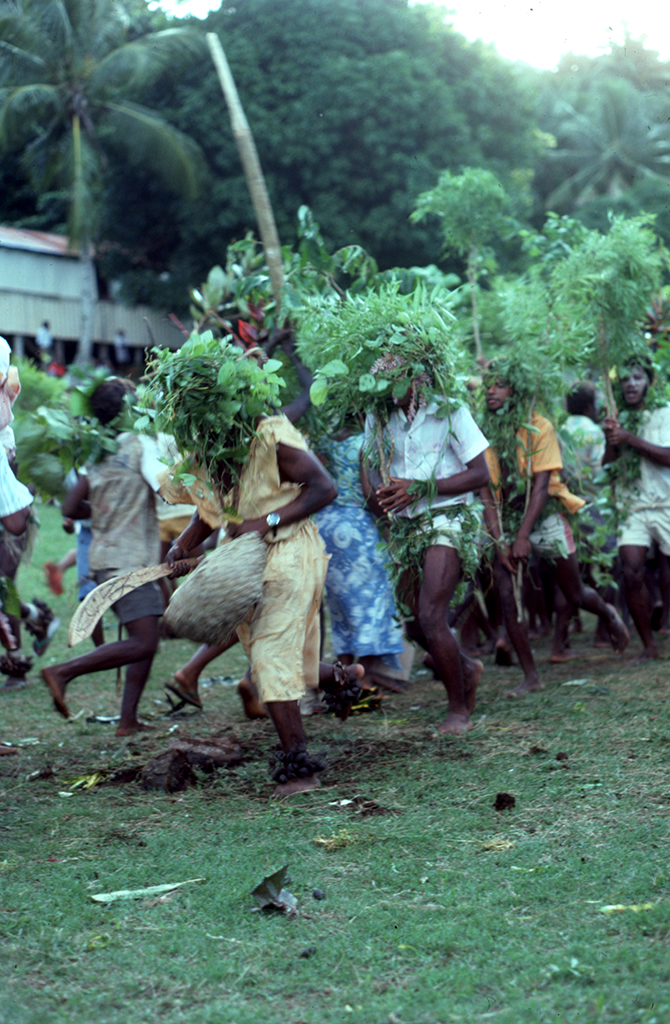
* All images have been edited to correct dust marks and discolouration.
[1] PARADISEC has a working relationship with the VCC, and it is rumoured that many recordings from the Oral Traditions Project were stored at the VCC. Material from the Centre can be found in the VKS collections.
[2] In an old email thread from 2007 that is forwarded to me, Nick mentions that Crowe states there are 3,000 hours of recordings stored at the VCC, only a small portion of this has been found.
[3] Stereopsis is what allows use to visually perceive depth, each eye has a slightly different perspective, these are ‘combined’ by the brain to create a sense of depth.
[4] He even had a stint of teaching at the Sydney Conservatorium of Music, from where I am currently writing this blog post.
[5] In this article by Crowe he doesn’t name Charpentier, it was only through another article I was able to identify Charpentier. This may be Crowe trying to avoid controversy or an attempt to stay non-committal in his speculation/accusation.
[6] Kirk Huffman, who worked with Crowe and was a curator at the VCC is featured on an episode of the PARADISEC podcast TOKSAVE (episode 9: Paama, Vanuatu, Sharks and shark spirits).
[7] This is noted in Crowe’s account of the project, where he suggested that the original recordings made in the northern islands be left in villages and duplicates be sent to the VCC in Port Vila. Ironically it is this approach, in part, that has made it quite difficult to find the rest of the recordings from the project.
[8] An outline of both the ‘TRUST’ and ‘FAIR’ frameworks can be found on the PARADISEC website. Available here: https://www.paradisec.org.au/about-us/principles-for-data-management/. For more about these frameworks see Linda Barwick and Nick Thieberger (2018) Unlocking the archives.
[9] In contrast to this, Crowe recounts that Charpentier was distinctly opposed to the use of Bislama, both in recordings and in general use.
[10] The two fieldworkers mentioned at the beginning of this quote are Jeffery Uli (Jeffrey is also in the archive under his full name ‘Jeffery Ulimeruana’ or ‘Jeffery Uli Meruana’) and James Gwero. Recordings made both both Uli and Gwero can be found in the VKS Collection.
Bibliography:
- Barwick. L, Thieberger. N, 2018, Unlocking the archives in Vera Ferreira & Nick Ostler (eds) Communities in Control: Learning tools and strategies for multilingual endangered language communities. Proceedings of the 2017 XXI FEL conference. pp. 135-139. available here.
- Bolton. L. 1994, The Vanuatu Cultural Centre and its own Community, Journal of Museum Ethnography 6, pp.67-78, available at: https://www.jstor.org/stable/40793554
- Crowe. P, 1990, Dancing Backwards, The World of Music 32(1), pp.84-98, available at: https://www.jstor.org/stable/43561244
- Crowe. P, 1977, The Vanuatu Oral Traditions Project, Pacific Arts 15(16), pp.34-36, available at: https://www.jstor.org/stable/23411054
- PC1 Collection: https://catalog.paradisec.org.au/repository/PC1
- VKS Collection: https://catalog.paradisec.org.au/repository/VKS
- VKS2 Collection: https://catalog.paradisec.org.au/repository/VKS2
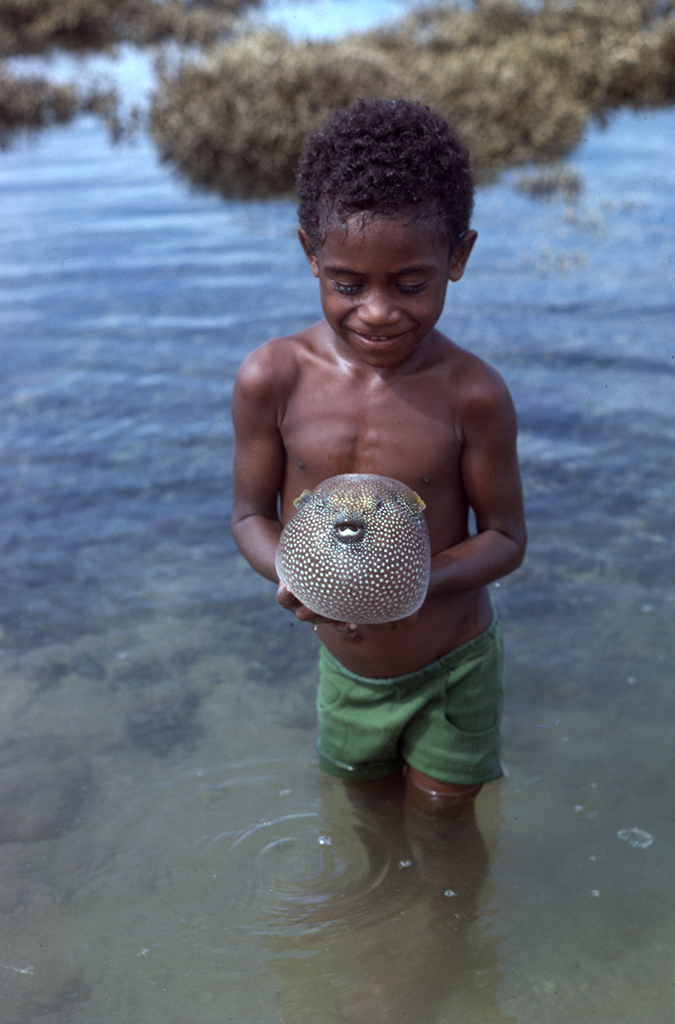
 Follow
Follow